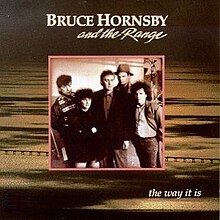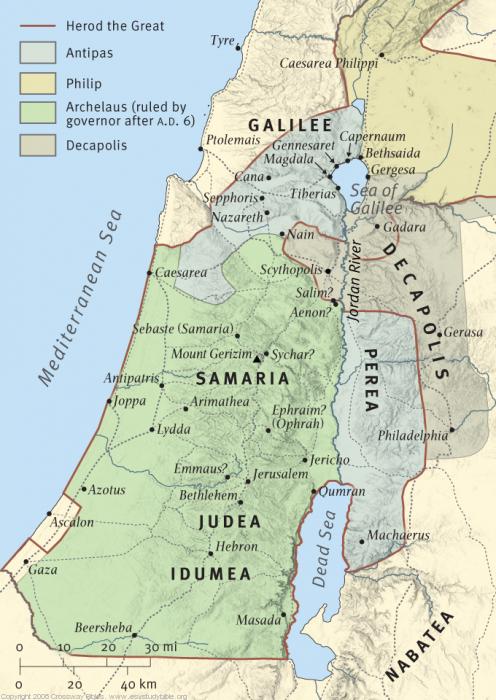This blog is in response to the New York Times article, "
For Accomplished Students, Getting into a Good College Isn't as Hard as it Seems"
Bottom line: 80% of top students get into the schools they want, and ridiculous acceptance numbers (<7% at the Ivies) are because of students applying to too many schools. Ellie is at the end of the application process now. She targeted four schools, applied to three, and has been accepted by two of the three (we're waiting on the last one, which also happens to be her dream school--Penn).
Most of my Facebook friends have kids who are younger than Ellie, so let me break down the college process for you, to save you some stress and ensure that your child controls their educational & fiscal destiny.
1.
Any school is a be-all, never an end-all. "Be all you can be" is no longer the motto of the U.S. Army, but it is the key to successful education in every kind of school. The value of a school isn't in its tennis courts or travel programs; it's in the teachers, the curriculum, and the range of classes offered there. More importantly, it is in that school's ability to prepare the child for the next step: elementary school for middle school, middle school for high school, high school for college, college for career, and career for the next career (today's students will work for 10-14 different employers by the age of 38). A smart parent doesn't say, "My kid is at a great school," anymore. They say, "My kid is getting great opportunities."
2.
Connect present with future. It wasn't good grades that made Ellie think she could attend the top schools. It was her school business club--especially when she placed first at nationals in International Business as a sophomore. "You punched your ticket," I told her at the time. I said it a lot--every time she brought back a high test score or excelled at competition. Good schools, whether they are public or private, prepare kids to compete
and excel, and having the word "champion" on a resume moves the student to the front of the college application line.
3.
Every dollar spent is an investment. I'm not just talking about tuition here. How much is the family spending on books, classical concerts, museum visits? When there is travel, is there learning, too? Some technology investments--computers, music players--are better than others. A trip to Yellowstone National Park or a week at music camp is a better investment than Disney. A lot of the money I saved by putting my kids through public schools, I spent on travel, music and books. The money is all the same, it all got spent, but I had more control over the quality of the spending.
4.
Tests are tools, not lotteries. Ellie took every practice test she could: the PLAN in 10th grade, the PSAT in 10th & 11th grades, and, of course, the ACT, which she took three times from December of her junior year to June before her senior year. Together we shamelessly used the testing companies to build interest in colleges (who buy the testing information) and increase her scores, knowing that above a certain level, every added point on the ACT is worth $1000-$2000 more in scholarships. If colleges are going to make it
that easy to game the system, we'll take it!
On her first ACT, Ellie scored a 29, which was the score both her mother and I earned on our single experiences with the test. Ellie hated the score and acted like ACT had sent her a poop sandwich instead of a ticket into 95% of American colleges. The score included a perfect 36 in reading, but showed room for improvement in writing and math. She was already in AP Writing, so we knew the score would go up. We added a community college precalculus class to her schedule that spring. In the March ACT, her score was up a little, but she hadn't matched that perfect 36 in reading from the original test, while the other scores were higher. In the June ACT she came back with a 32 (which to her
still wasn't high enough, despite she was up to qualifying for 98% of universities). It wasn't until we met with a Penn recruiter and learned that Penn "superscores" the ACT results, meaning that they take the highest grades from among the various tests, that she was satisfied. The 36 in reading held up, and added to her final test score, meant that she how had a 33 composite: another ticket punched.
A final thing about testing: I disagree with those who say they "don't test well." Tests are timed exercises in reading, writing and computation. They are not a mysterious portal between the world of high school and that of college. As a teacher, I know that if I can prepare my students to read every word of the prompt, or write an outline in preparation of a written prompt, their test scores will go up. I pity the poor kids who have been coached in "testing strategies" and spend more time gaming the answers than actually reading or computing the questions they're given. These kids "don't test well" because they haven't been taught well, because they believe that test results are 'magical' and not 'earned.'
5.
Talk, talk, talk. Every college has a floor filled with offices and cubicles known as The Admissions Office. People go to work there every day, and they're there to recruit prospective students from specific regions of the state or country. They love to talk to kids. They answer e-mails in less than an hour. They record every interaction, hoping that it will result in an application. It was through talking with recruiters that we learned about the superscore. Through talking with a South Carolina recruiter, Ellie learned she needed a 3rd lab science, allowing her to drop an easy class and add Anatomy & Physiology to the Chemistry and Biology grades on her transcript. Through talking with a Penn recruiter, she learned that they prefer students with a calculus background for their business school, so she added an extra math class and devoted considerable time her senior year to AP Calculus. Without talking, she would have a solid transcript (a better GPA perhaps), but she would have gaps in her record that might cost her a place at her dream school.
6.
Tour, tour, tour. No one would spend $5,000 on a car without test-driving it. No one should spend $50,000-$200,000 on a college education without visits. Every college visit offers an opportunity for learning, whether it's a drive-by or a full college tour. And you're not just touring the community and facilities, you're looking at the kids who go to school there--and want to go to school there. We toured NYU and Georgetown together, but didn't find either a good fit worth the price of application. We drove by Ohio University, West Virginia University and Temple. Ellie made two official visits to South Carolina and three additional informal visits. Interestingly, Ellie wasn't sold on Temple until she had both toured the campus AND worked out ways to use the Philadelphia subway to find her way around the city by herself. She felt at home there--without Daddy's help--and it helped her see herself studying and living in the city. Another ticket punched.
7.
Dream, dream, dream. The final determination of where a student attends is NOT the college admissions or financial aid office. It's the parent or student who signs the deposit check. It frustrates me to hear finances brought up during the Talking Phase, the Touring Phase, or the Dreaming Phase, which should be about students reaching for the best opportunities available and preparing themselves to be successful in life. (When Ellie learned to walk, I imagined her in the Olympics; after her first piano lesson, I started thinking about Carnegie Hall; when she played soccer, I took her to see Mia Hamm and the US Women's Team.) It wasn't for me to tell her she would never be great because we. just. couldn't. afford. it.
Parents should identify students' strengths, help them identify programs or careers that will let them use those strengths, and take them to the colleges/ locations of their dreams. (Parents, this also makes an indelible impression on your child as to the depth of your love and respect for them.) The local community college or commuter state school will still cash the check, whether you've toured Harvard or not. A student who says, "I was accepted to X Unversity, but I chose Y College," is a student who is in control of their destiny and one who will live their life looking forward without regret.
--
Let me be clear. Ellie is an extraordinary kid. I'm not here to toot my horn, or act like anyone else's child has the same drive and dedication that she has shown over the past four years.They might. We have learned some important lessons over the past two years of looking at and preparing for college admission, and I just wanted to share them with all of you.








